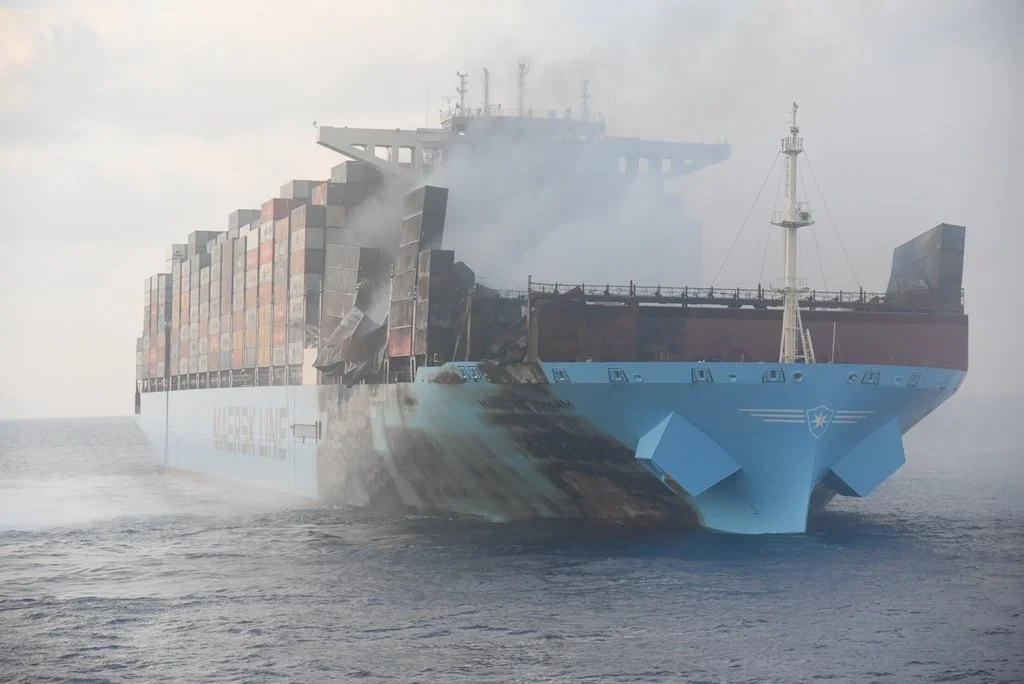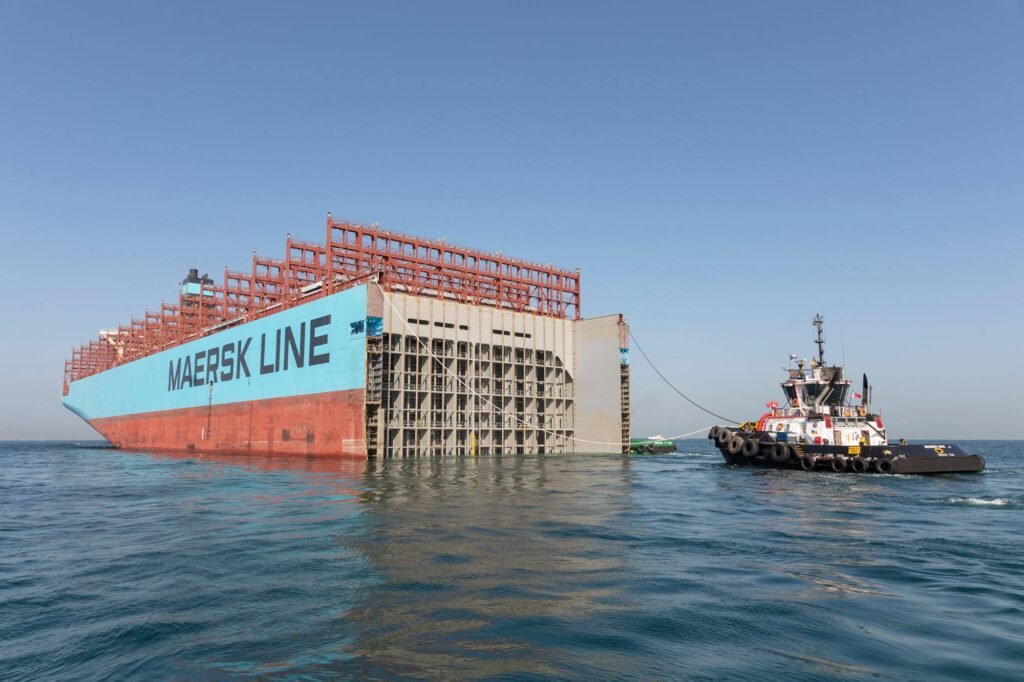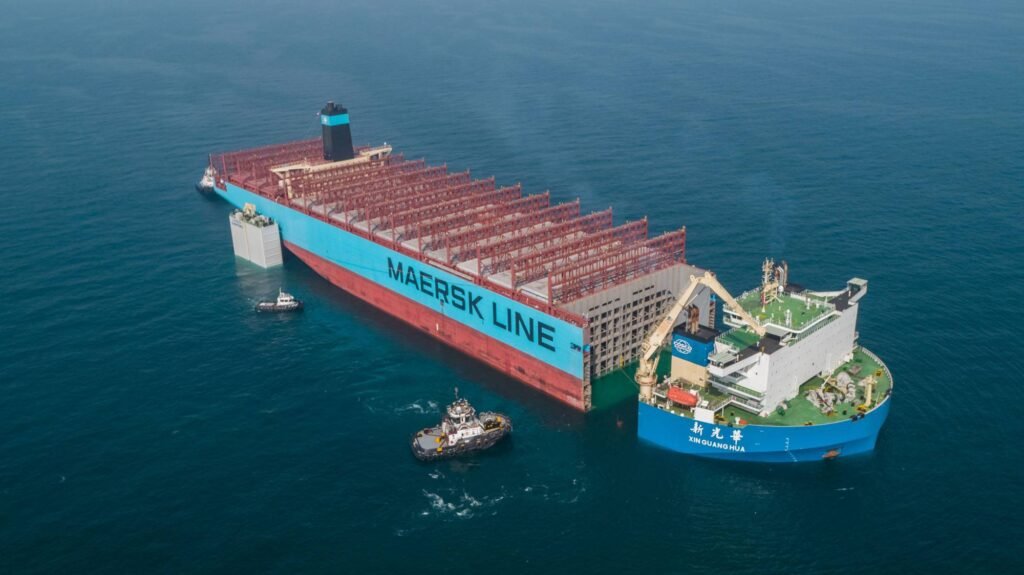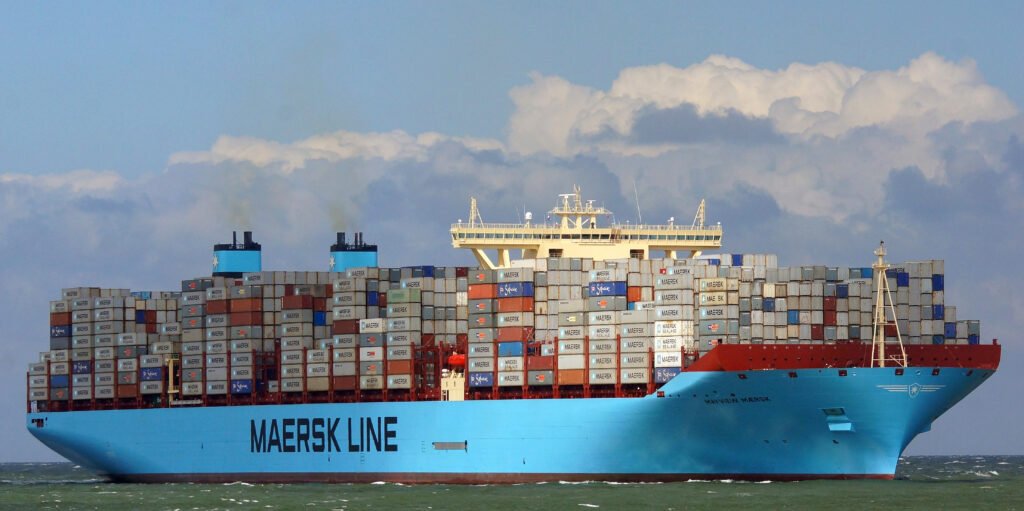
The maritime industry, known for its immense scale and global reach, occasionally faces catastrophic incidents that serve as harsh reminders of the risks involved in shipping operations. One such tragedy was the fire that engulfed the container ship Maersk Honam in March 2018. In this in-depth article, we delve into the events surrounding the fire, its causes, the response efforts, and the lessons learned from this devastating incident.
Maersk Honam, a 353-meter-long ultra-large container ship, was part of the Maersk Line fleet, one of the world’s largest container shipping companies. With a capacity of over 15,000 twenty-foot equivalent units (TEUs), the vessel was en route from Singapore to the Suez Canal when the fire broke out.

On March 6, 2018, a fire erupted in one of the ship’s cargo holds in the Arabian Sea. Despite the crew’s efforts to control the blaze, it quickly spread, rendering the vessel uncontrollable. Tragically, five crew members lost their lives, and the ship’s cargo, valued at hundreds of millions of dollars, was severely damaged.
Causes and Contributing Factors:
2.1 Cargo Misdeclaration:
The initial investigation revealed that the fire was caused by a cargo misdeclaration. The dangerous goods stored in one or more containers were not properly declared or classified, leading to the ignition and rapid spread of the fire. Such misdeclarations are a persistent concern in the shipping industry, as they pose a significant risk to vessel safety and crew lives.
2.2 Inadequate Fire Suppression Systems:
Despite modern fire detection and suppression systems being installed onboard Maersk Honam, the fire spread rapidly and overwhelmed the ship’s firefighting capabilities. This highlighted the importance of regular maintenance, testing, and crew training to ensure that all safety systems are fully functional in critical situations.
Response Efforts and Challenges:
3.1 Crew Evacuation and Rescue:
The crew’s safety was the top priority during the incident. The immediate response included evacuation measures and coordination with nearby vessels to assist in rescue operations. Helicopters were deployed to airlift the injured crew members, and naval forces from multiple countries provided aid and support.
3.2 Firefighting Operations:
Extinguishing the fire on the massive vessel posed significant challenges. The scale and intensity of the fire, coupled with the vessel’s complex structure and limited access to certain areas, hindered effective firefighting efforts. External firefighting support was crucial, involving specialized firefighting vessels equipped with powerful water cannons and foam systems.

Lessons Learned and Industry Response:
4.1 Enhanced Cargo Safety Measures:
The Maersk Honam incident prompted the shipping industry to focus on strengthening cargo safety measures. Efforts have been made to improve the verification and monitoring of cargo declarations, including stricter penalties for misdeclarations and increased collaboration between shipping lines, ports, and regulatory authorities.
4.2 Fire Prevention and Suppression Systems:
The incident highlighted the need for robust fire prevention and suppression systems onboard vessels. Regular inspections, maintenance, and crew training are critical to ensure the effectiveness of these systems. Additionally, ongoing research and development aim to enhance fire-resistant container designs and improve firefighting techniques.

4.3 Industry Collaboration and Information Sharing:
The incident emphasized the importance of industry collaboration and information sharing to prevent similar incidents in the future. Forums, such as the International Maritime Organization (IMO) and industry associations, facilitate the exchange of best practices, lessons learned, and technological advancements to enhance safety and mitigate risks.
The fire aboard Maersk Honam serves as a tragic reminder of the hazards faced by the maritime industry. The incident underscored the need for improved cargo safety measures, rigorous maintenance of fire suppression systems, and effective industry collaboration to prevent future incidents. The lessons learned from this devastating event continue to shape safety protocols, regulations, and technological advancements in the shipping industry, aiming to protect lives, safeguard cargo, and ensure the safe passage of vessels across the world’s oceans.
Maersk Honam went to dry dock and had a whole new front end built. she was resailed under the new name Maersk Halifax




